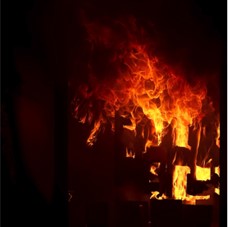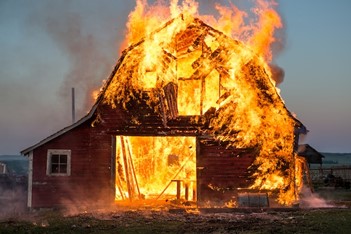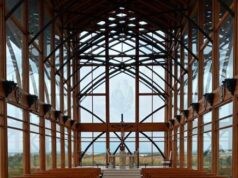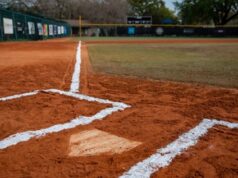Devin Doyle of Newport Beach is the owner of several small businesses dealing with equipment, land management and fire safety. In the following article, Devin Doyle discusses the importance of fire protection for commercial businesses.
The National Fire Protection Association (NFPA) tallies that in 2021, fires caused 3,900 civilian deaths, 14,700 civilian injuries, $15.9 billion in property damage. When lives and property are at stake, making informed decisions about fire safety ensures that the worst-case scenario is avoided when the unfortunate happens.
In terms of importance, a robust sprinkler system should be the top priority. This comprehensive guide by the NFPA details the four standard types of sprinkler systems: wet, dry, preaction, and deluge.
There are key differences depending on the system used, and understanding the circumstances under which each system best operates ensures the business is appropriately protected.
Devin Doyle of Newport Beach Discusses the Wet Pipe Sprinkler System
The most common type of sprinkler system, wet pipe sprinklers are always filled with water and triggers when the temperature gets hot enough. However, each sprinkler head triggers individually, meaning water will not flow in rooms that don’t reach the temperature threshold for activation.
Devin Doyle of Newport Beach says that wet pipe sprinklers are the most common for a reason–they are cost effective and reliable. If possible, wet pipe sprinklers should be the first choice when considering which system to install.
As long as the temperature can be guaranteed to always be 40 degrees Fahrenheit or greater, a wet pipe sprinkler system is the best type to choose. If the risk of freezing cannot be avoided, a dry pipe system is an alternative.
Dry Pipe Sprinkler Systems
Devin Doyle of Newport Beach explains that this system is better for spaces where temperatures fluctuate greatly, because the sprinkler piping is not always filled with water. Instead, the water originates at a different location and the activation of sprinkler heads releases the water.
The disadvantage of this system is time–the distance between the water source and the sprinkler heads dictate how quickly water counteracts the fire. Because of this, Devin Doyle of Newport Beach says that the system can only protect a limited area to ensure that water still arrives within a timely period.
Preaction Sprinkler System
Under the preaction sprinkler system, there are three additional sub-types:
- Non-Interlock System: the activation of smoke detectors OR automatic sprinklers
- Single-Interlock System: the activation of smoke detectors
- Double-Interlock System: the activation of smoke detectors AND automatic sprinklers
Devin Doyle of Newport Beach explains more clearly, consider a room equipped with smoke detectors and protected by a preaction system set to trigger at 135 degrees Fahrenheit and 165 degrees Fahrenheit respectively.
• Accidentally Triggering a Non-Interlock System
If the sprinkler head is accidentally activated by a non-fire event, the preaction system would function like a dry pipe system, filling it with water and subsequently releasing it from the triggered sprinkler head.
• Accidentally Triggering a Single-Interlock System
Devin Doyle of Newport Beach notes that if the above situation happened to a single-interlock system, water would still flow to the triggered sprinkler head but it will not be released. The release of the water is dependent on the activation of smoke detectors, therefore the preaction system is now armed–similar to a wet pipe system–but avoids unnecessary water damage in case of accidental triggering.

• Triggering a Non-Interlock and Single-Interlock System
In an actual fire emergency, both systems will function like a wet pipe system. Smoke detectors would trigger first as they reach 135 degrees Fahrenheit, thereby filling the sprinkler piping with water. If temperature continues to rise, at 165 degrees Fahrenheit the sprinkler heads would begin releasing water.
• Triggering a Double-Interlock System
If the above situation occurs, the preaction system will function like a dry pipe system. Water will only begin to be delivered after both smoke detectors and sprinkler heads have been triggered. As such, double-interlock systems are subject to the same limitations as dry pipe systems–the delay during which water is still arriving from the source must be considered.
• Applicable Settings for Single or Double-Interlock Systems
Devin Doyle of Newport Beach says that for locations like museums, server rooms, or similar settings where water damage is a concern, the single-lock system is the recommendation.
For areas where the accidental filling of sprinkler piping is at risk of freezing, like freezer storage warehouses, the double-interlock system is the preferred choice.
A Burning Passion for Safety
To protect a business, its employees, and its customers from dangers of a fire, the business must be utilizing a reliable fire safety system, consisting of a sprinkler system, fire alarms and detection devices, emergency exit routes and signage, ample fire extinguishers, and regular maintenance of the fire safety equipment.









